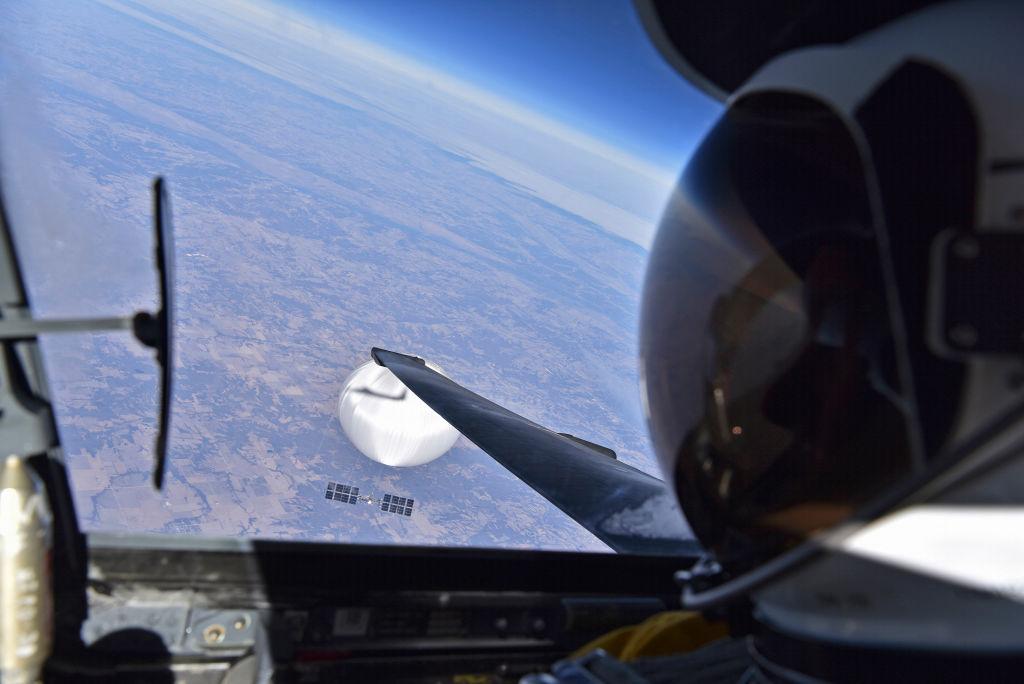
USAF U-2 pilot looks down on suspected Chinese surveillance balloon Feb. 3, 2023
As the higher airspace—usually defined as above 20 km (12 mi.) or flight level FL660—is attracting new applications, organizations in charge of air traffic management and aviation regulation in Europe are endeavoring to be ready in time.
New entrants for commercial operations are coming up with ideas for supersonic and hypersonic aircraft, as well as high-altitude pseudo satellites—motorized gliders capable of week-long missions. States intend to enforce sovereignty over their airspace and organize traffic. Therefore, they need to ensure they have suitable surveillance means.
In addition, air launch operations and a growing number of conventional space launchers—some of them with reentry capability—are expected to cross the higher airspace. Governments want a safe interfacing with air traffic. As a space launch entails an airspace closure, at issue is how to manage a predicted profusion of small launchpads in Northern Europe.
“Higher airspace is a priori airspace,” says Nathalie Le Cam, space and high altitude project manager at the European Union Aviation Safety Agency (EASA). “The article 1 of the Chicago convention applies, states have complete and exclusive sovereignty in their airspace. It is not outer space.”
Nevertheless, a task force including representatives from EASA, the European defense agency and Eurocontrol has requested complementary studies, especially from a legal standpoint.
In EASA’s roadmap for high-altitude operations, the lower limit for higher airspace has been set at FL550. “This is the highest altitude we know of for civil aviation operations taking place currently,” Le Cam says. “An exception is some scientific stratospheric balloons.”
EASA has an incident repository where a few occurrences—such as ATM or space weather issues—have been reported for flights above FL500.
One of the conclusions in the EASA roadmap is that the performance of existing communications, navigation and surveillance systems at high altitude should be better studied. “We know they work for FL600,” Le Cam says. “Above that, we are not sure.” Space-based services may help.
An international regulation should be devised, according to Le Cam. Given the characteristics of the vehicles that will use the higher airspace, most of them will cross borders and some will be very fast. “Europe submitted a paper at ICAO’s General Assembly in 2022, recommending ICAO to take action,” Le Cam says. “It translated into resolution A41-9.” That resolution asks ICAO to develop specific concepts and guidance.
Meanwhile, a draft for a concept of operations was handed over to the SESAR 3 Joint Undertaking, a public-private partnership that takes care of the technological aspects of harmonization in Europe’s skies. The concept of operations has been worked on since 2019 by the purpose-formed Echo consortium, led by Eurocontrol. It is aiming at safety, as well as creating a facilitating framework for European new entrants.
